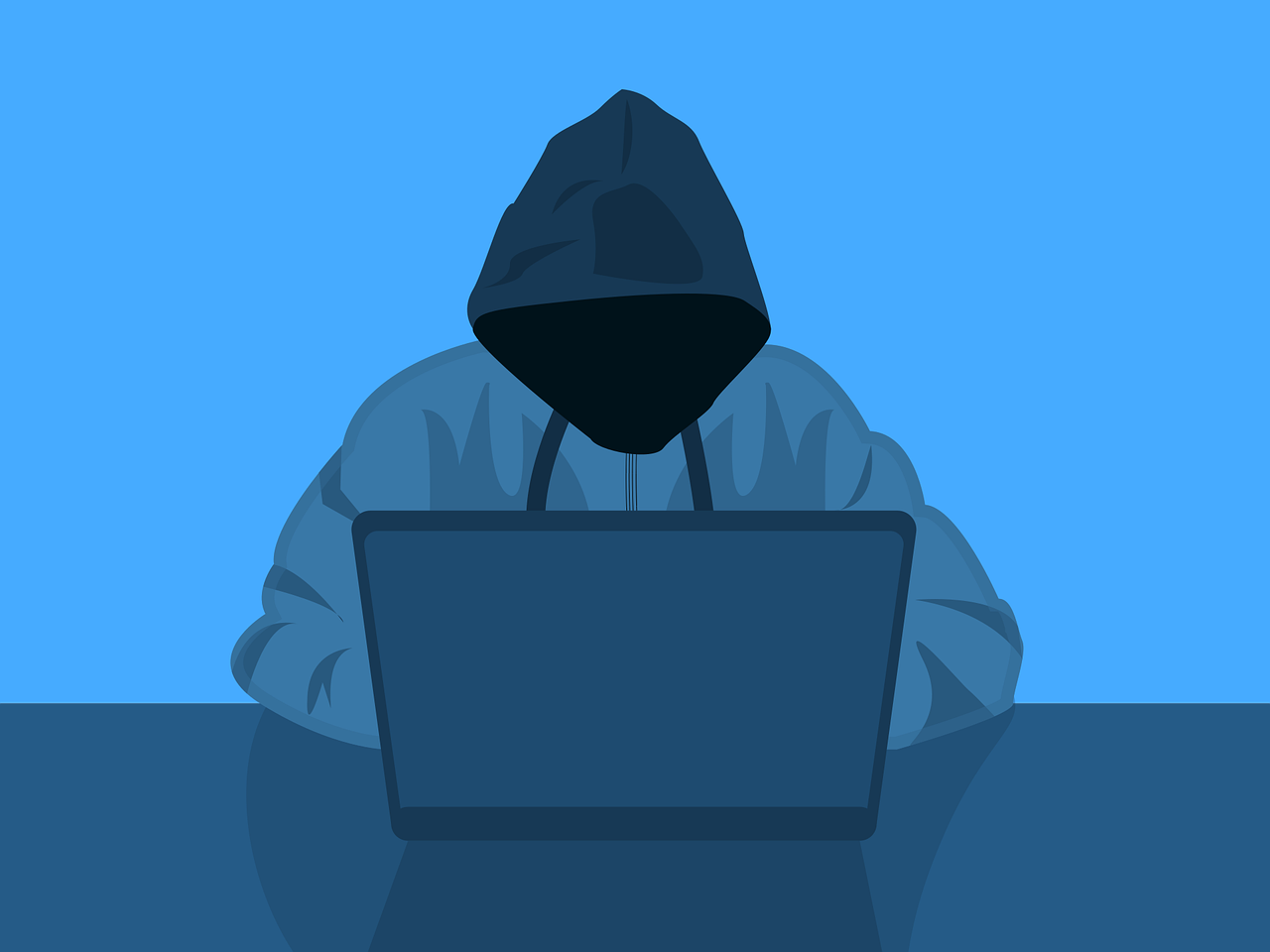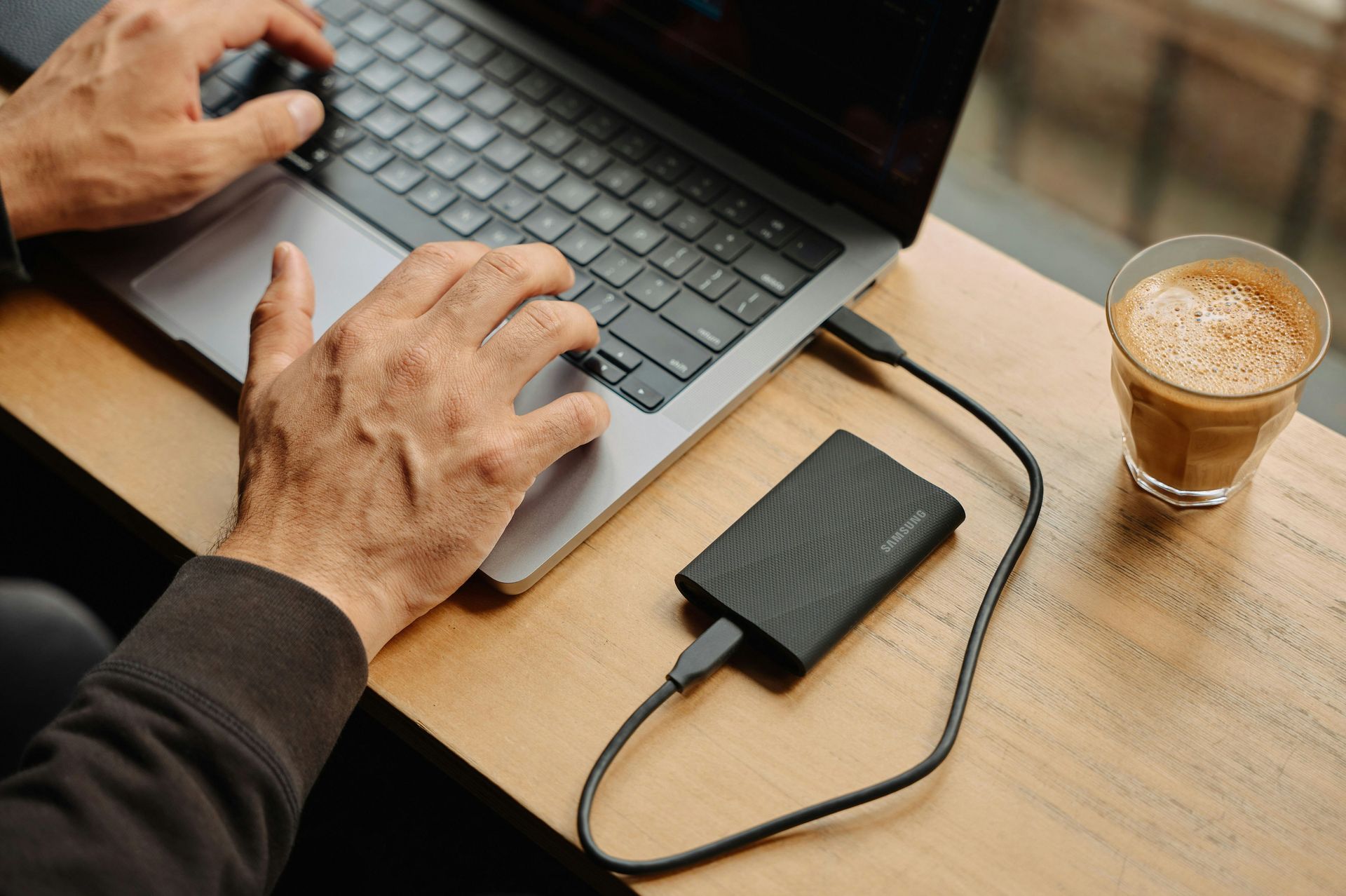Is Your Online Shopping App Invading Your Privacy?
Online shopping has become a common activity for many people. It's convenient, easy, and allows us to buy items from the comfort of our homes. But with the rise of online shopping, there are concerns about privacy and security.
Not all shopping apps are created equally. Often people get excited and install an app without checking privacy practices. Apps can collect more data from your smartphone than you realize. Whether you use your phone for personal use, business use, or both, your data can be at risk. So can your privacy.
Shady Data Collection Practices from Popular Shopping App SHEIN
Recently, security experts found a popular shopping app spying on users' copy-and-paste activity. This app was tracking users' keystrokes, screenshots, and even their GPS location. This raises the question: Is your online shopping app invading your privacy?
SHEIN is the app in question, and it's a popular shopping app with millions of users. According to reports, researchers found the app collecting data from users' clipboards. This included any text that users copied and pasted. This means that if the user copied and pasted sensitive information, the app would have access to it. Including things like passwords or credit card numbers.
Not only that but the app was also found to be tracking users' GPS location. SHEIN was also collecting data from device sensors, including the accelerometer and gyroscope. This means that the app was able to track users' movements. As well as collecting information about how they were using their device.
The app's developers claimed that the data collection was for "optimizing user experience.” A very vague explanation that’s used by other app developers as well. The developers stated that the collected data was only used for internal purposes. But this explanation wasn't enough to please privacy experts. Those experts raised concerns about the app's data collection practices.
Temu Data Collection Practices Questioned
This isn't the first time people caught an app grabbing data without users' knowledge. Many popular apps collect data from their users, often for targeted advertising purposes.
The popularity of the shopping app Temu has been exploding recently. Since the app appeared in a Superbowl Ad in 2023, people have been flocking to it.
But Temu is another shopping app with questionable data collection practices. Some of the data that Temu collects includes:
- Your name, address, phone number
- Details you enter, like birthday, photo, and social profiles
- Your phone’s operating system and version
- Your IPS address and GPS location (if enabled)
- Your browsing data
So, what can you do to protect your privacy when using online shopping apps? Read on for a few tips.
Tips to Protect Your Privacy When Using Shopping Apps
Know What You’re Getting Into (Read the Privacy Policy)
Yes, it’s hard to stop and read a long privacy policy when you just want to use an app. But, if you don’t, you could end up sharing a lot more than you realize.
Before downloading an app, make sure to read its privacy policy. This will give you an idea of what data the app takes and how it's used. You can try searching keywords like “collect” and “your data” to save time. This can help you jump to data collection details.
If you do this before you download, you may change your mind. After learning how much data the app collects from you, you may decide it just isn’t worth it.
Turn Off Sharing Features
Turn off any data-sharing features you don’t need in your phone’s settings. Such as location services. Most smartphones allow you to choose which apps you want to use it with.
Explore both your phone settings and the app’s settings to restrict data sharing as much as possible.
Remove Apps You Don’t Use
If you’re not using the app regularly, remove it from your phone. Having unused apps on your phone is a big risk. Even if they’re not actively in use, those apps can still collect data. For example, browsing activity or your activity in other mobile apps.
Research Apps Before You Download
It’s easy to get caught up in a fad. You hear your friend talk about an app, and you want to check it out. But it pays to research before you download. Look up the app and check security and data collection keywords. Inform yourself first before downloading an app that might be compromising your device data and activity.
Shop on a Website Instead
You can limit the dangerous data collection of shopping apps by using a website instead. Most legitimate companies have an official website. One where you can buy the same things as you can buy using the app.
Improve Your Mobile Device Security
Mobile devices are regularly used more than computers. But they often lack the same type of security. Give us a call today to schedule a chat about protecting your mobile device data.
More from our blog



